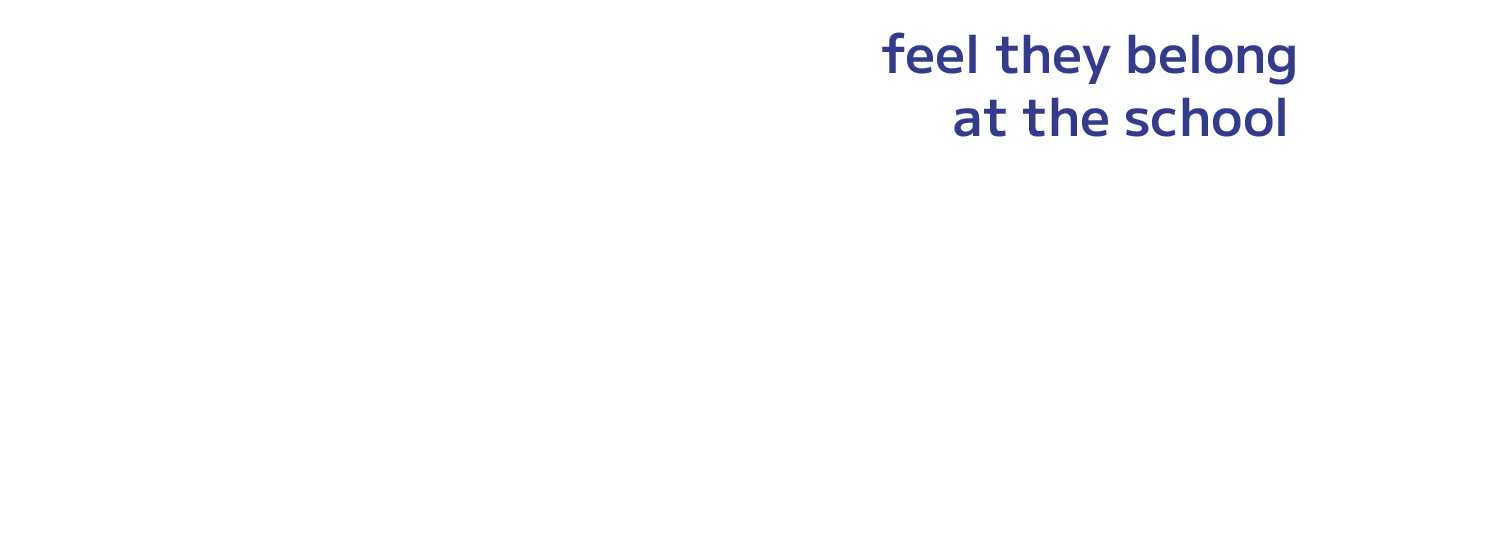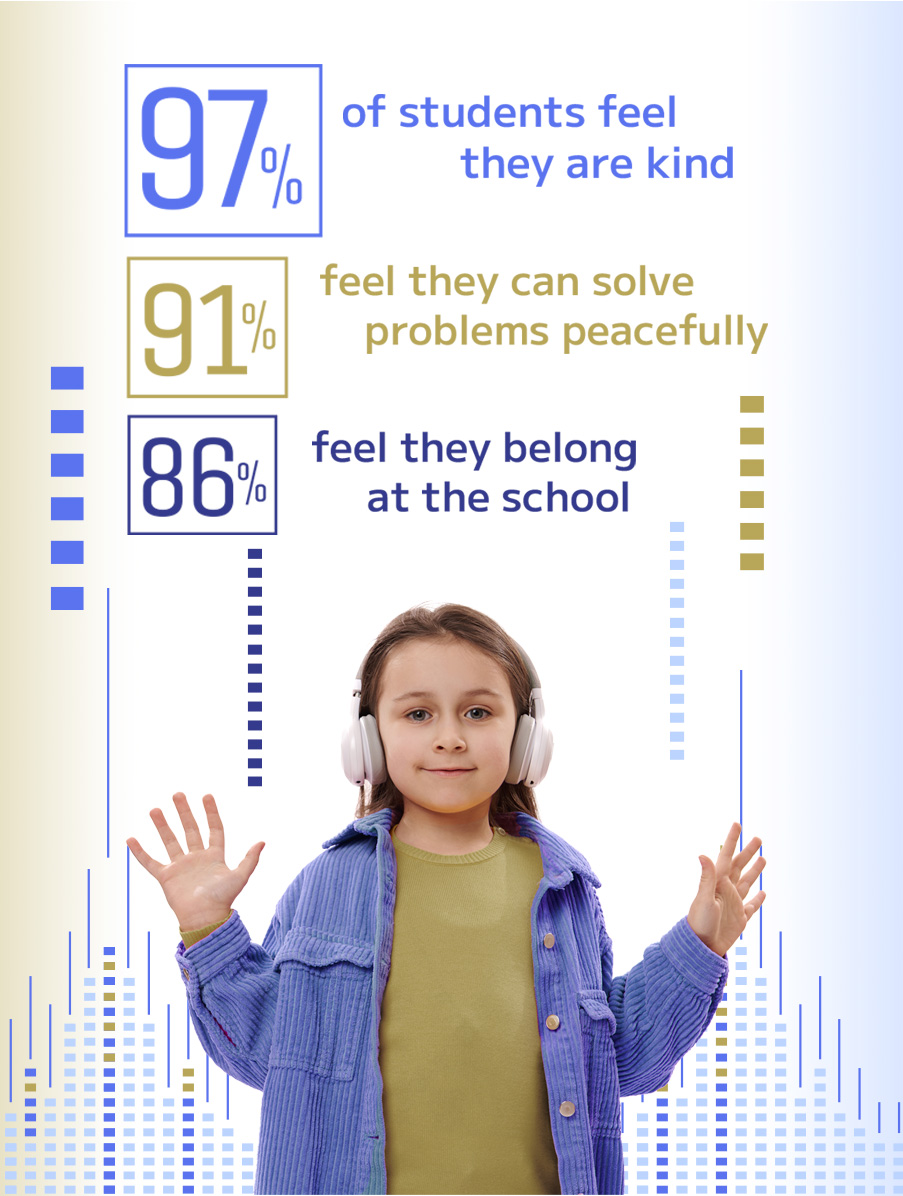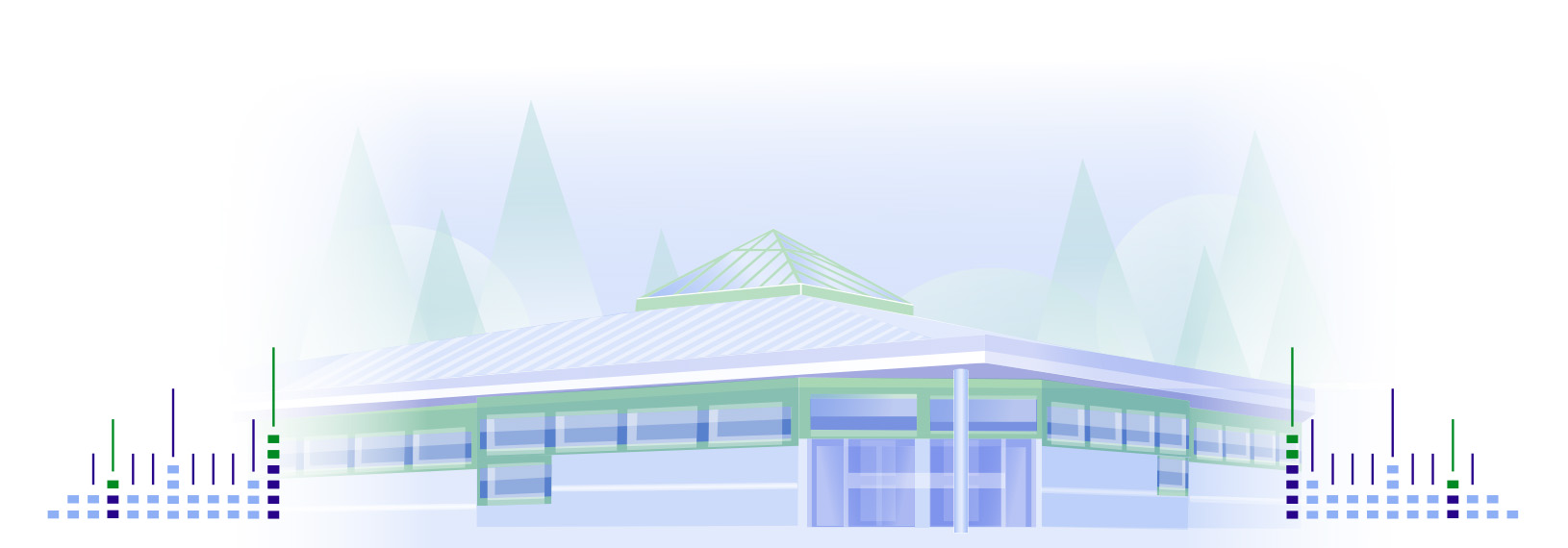School Goal Two
To improve student achievement in reading, writing, listening, and speaking by using a student progression of learning of literacy concepts and programs.
1. How can we amplify the voice of our vulnerable literacy learners and ensure our instruction honours the diversity of our school population?
2. Using a school wide student progression of learning, how can we build a consistent set of skills for our learners across all grades in literacy?
Two key areas of focus, based on what we know about our learners, that will guide our collective work to support all students:
1. Equitable Instruction
- Through student-centered questions while conducting empathy interviews, we learned we must better understand students’ connections to the school and their learning.
- Classroom teachers chart growth in reading over time via the DLA and use of running records
- Use of grade-wide write and EET (expanding expressions tool) to guide writing skills
- During Teacher-Librarian collaboration time, students learn Story Maker and SKILLS program to develop their writing and idea generation skills
2. Student Progression of Learning
Our approaches are deeply connected to First Peoples Principles of Learning, specifically that:
- Learning is holistic, reflexive, reflective, experiential, and relational (focused on connectedness, on reciprocal relationships, and a sense of place).
- Learning is embedded in memory, history, and story.
Student growth in key reading strategies, making connections, and asking and answering questions to further their understanding of texts are priorities. We are building these skills to instill the joy of reading in all students.
This goal and focused inquiry question aligns directly to our district strategic priority in Literacy.
First Peoples Principles of Learning

The Literacy Goal needs to ensure that:
- Learning is holistic, reflexive, reflective, experiential, and relational (focused on connectedness, on reciprocal relationships, and a sense of place).
- Learning is embedded in memory, history, and story.
Over the course of the year, the following will be our direct areas of focus:
1. Equitable Instruction
- UFLI and use of decodables throughout Primary grades to support literacy development;
- • Explicit teacher instruction to build background knowledge, comprehension, and vocabulary;
- • Increase access to diverse texts so that all students can see themselves in the books they read at
- school. PAWS Picks student leaders will prepare “book talks” to promote new additions to the library
- collection.
2. Scope and Sequence
- Twice annually, students will participate in a school-wide write. Grade group teachers will then meet to assess learning and plan for the next steps in writing;
- Consistent resource and assessment tools used across classrooms and grades to build scope and sequence for students; and
- Term-by-term assessment of students’ reading skills to monitor growth, and ensure we are building skills to identify and prevent gaps in learning and inform instructional strategies.
- Commit to diversifying our school Library collection, novel sets, and poster sets to include decodables, graphic novels, social emotional books, MAR (Mothers Against Racism) book basket sets, and new books talks. Diverse books added as recommended from the Destine Lord sessions focused on Anti-Racism.
- Focus on new structured and consistent Early Literacy instruction in classrooms and through our targeted LIT support program, including the use of a consistent phonemic awareness program across primary classrooms; and
- Common language and resource use amongst our staff to allow students to more readily build a consistent foundation of their skills throughout their school experience.
- As a focus group, many staff are participating in a Professional Book Club to refine Literacy instruction. The book club is focused on ‘Strive for Five: Strategies for Building Successful Conversations with Young Children’ – Susan L. Hendrickson & Pamela J. Schickedanz.
2. Student Progression of Learning
- Twice annually, students will participate in a school-wide write. Grade group teachers will then meet to assess learning and plan for the next steps in writing;
- Consistent resource and assessment tools used across classrooms and grades to build student progression of learning; and
- Term-by-term assessment of students’ reading skills to monitor growth, and ensure we are building skills to identify and prevent gaps in learning and inform instructional strategies.
Over the 2025-26 year, we will track progress on our initiatives identified in this year’s plan. And, specifically:
- Conduct student-centered empathy interviews twice yearly;
- Empathy Interview Themes (from 2022-2025)
- Managing challenges (how to seek help, what to do if you need support); celebrating your uniqueness (honouring diversity, celebrating who you are); and feeling connected (peers and adults you can seek support from and enjoy connecting with).
- Track cohorts through June DLA results;
- June DLA 2023
- June DLA 2024
- Track cohorts summary ELA report card data;
- We have included our Grade 3 cohort as a snapshot. We will monitor this cohort alongside our newly implemented student writing progress folders over the next two years to ensure efficacy of this process.
- Term by Term Classroom tracking and monitoring of reading and writing skills;
- Student Learning Survey - school questions added Fall 2024;
- English language arts folders- running record, DLA, Spring school wide write. This new project commenced during the 2024-2025 school year, and allows us to compare student writing samples Over time;
- 71.8% of students surveyed feel they are getting better at writing; and
- 89.7% of students surveyed feel they are getting better at reading.
DLA results by Grade, June - 2023 to 2025 (by head count)
English Language Arts by year (Grade 3 students)
Grade 4 Student Survey - Percentage of Positive Responses Over 3 years
Based on evidence gathered over the year, summary learning will provide key learnings to guide the next steps for the 2025-2026 school year and beyond.
With the collection of data via the Fall DLA, we are excited to now have 2 opportunities per year to review and reflect on progress of the same cohort during the same instructional year.
We plan to continue with our Literacy goal for at least two more school years as we want to review the impact of the changes in instruction, including but not limited to: UFLI, decodables, LIT support for our emerging students, Heggerty, Jolly Phonics, Letter Land, Expanding Expressions Tool and the new learning from the District Literacy series with Dr. Shelby Pollitt.
Family involvement is a key factor for Literacy Development. New for 2025-2026, we are going to host family reading events once per term.











